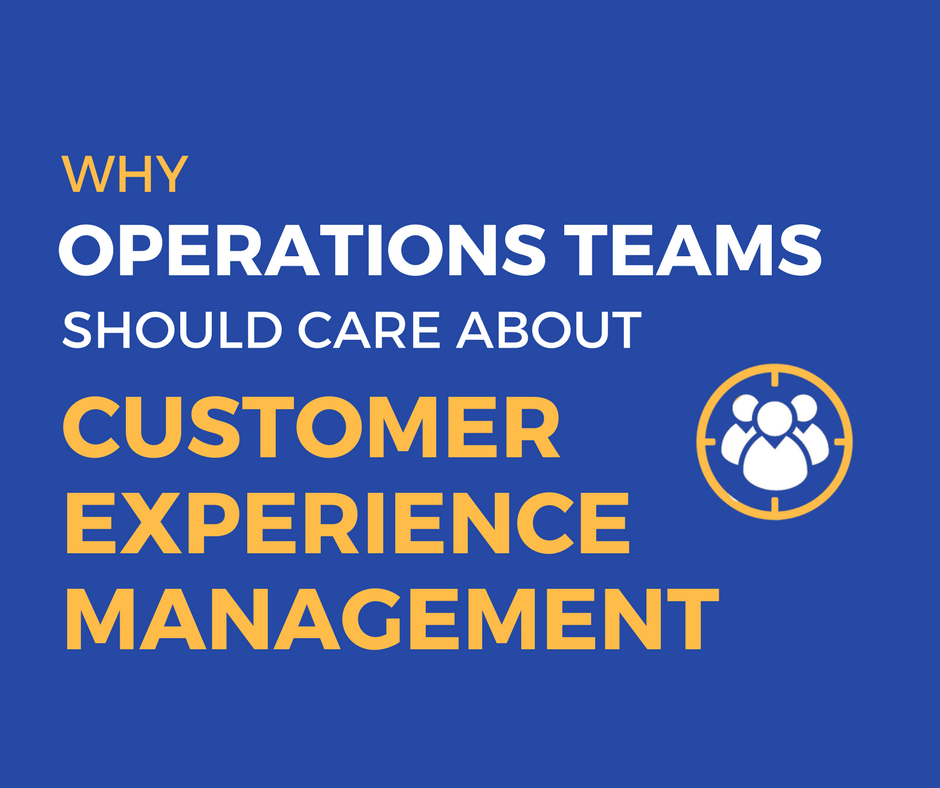How To Improve Your QSR's Drive-Thru Experience
In the QSR industry, overall customer experience is largely impacted by how well the drive-thru operates. With a whopping 70% of service coming from...

Superior customer experience (CX) can be a game-changing tactic for businesses looking to transform their organization and outperform the competition. But to succeed in CX, you need the right tools to listen to your customers, interpret data, and act on the results to drive better experiences.
The customer experience software marketplace can be daunting. From VoC (Voice of the Customer) platforms to CEM (Customer Experience Management) software, where does one even begin when evaluating vendors in the customer experience space?
When selecting a CX technology platform, you must ensure the platform is designed to provide the right customer insights to help you measure the performance of your business goals now and in the future.
Before you begin evaluating different platforms make sure that you have clearly defined the business goals that will enable you to drive improvements to CX. Ensure that your goals are specific, and it is clear who is responsible for achieving those goals to guide your decision.
For example, if one of your business goals is to improve customer loyalty, what does this mean for improved CX? Open up this conversation to leaders across the organization and find out what actions are going to drive this goal, whether it’s repeat purchases, referrals, or order size.
Once you have determined your specific business goals, it’s important to evaluate the types of feedback you are currently collecting to measure these goals. Where do your leaders go today to understand their customer experience? Find out what their ideal measurement(s) of CX would be. Selecting a platform that has the ability to integrate a variety of customer data sources and the flexibility to grow with your organization as your business goals evolve is a recipe for CX success.
Think about the key areas in your organization that will be using this technology, but also the stakeholders that need to be involved in getting the system up and running. According to a recent Forrester report, making sure that you include the right people in the conversation, such as IT and analytics, ensures you bring forward any challenges and uncover potential roadblocks that could indicate that particular solution isn’t the right fit.
Bringing together all of your existing customer data sources can be a challenge, but it’s important to find out how well the CX technology platform integrates with your existing systems. Selecting a vendor that will seamlessly integrate with your third-party data systems is not only critical to get the full picture of your customer’s journey, but will have a big impact on the length of time and cost involved with implementation.
Part of your decision when selecting a vendor has to involve the ease of implementation and how their professional services team will support your team on an ongoing basis. Vendors often use different terms to describe features and functions within their platform. When requesting a quote from a vendor, Forrester suggests CX pros request a simple list specifying what is included vs. what is optional, with cost broken down by item. For example, how many users are supported, how much does implementation cost, and what level of advisory or technical support is available are a few questions that should be clearly answered.
Selecting a CX technology platform can have an enormous impact on your customer experience and bottom line. Stay focused on your business goals and don’t be afraid to ask questions to find out which vendor solution is right for your organization. If the shoe fits, wear it! And start building an experience that is world-class.

In the QSR industry, overall customer experience is largely impacted by how well the drive-thru operates. With a whopping 70% of service coming from...

Summer is in full swing and consumers who are looking to get out and enjoy the weather need reliable transportation. This naturally has them...

First things first: before we tell you why your operations team should care about customer experience management (CEM), we’ll start by explaining...